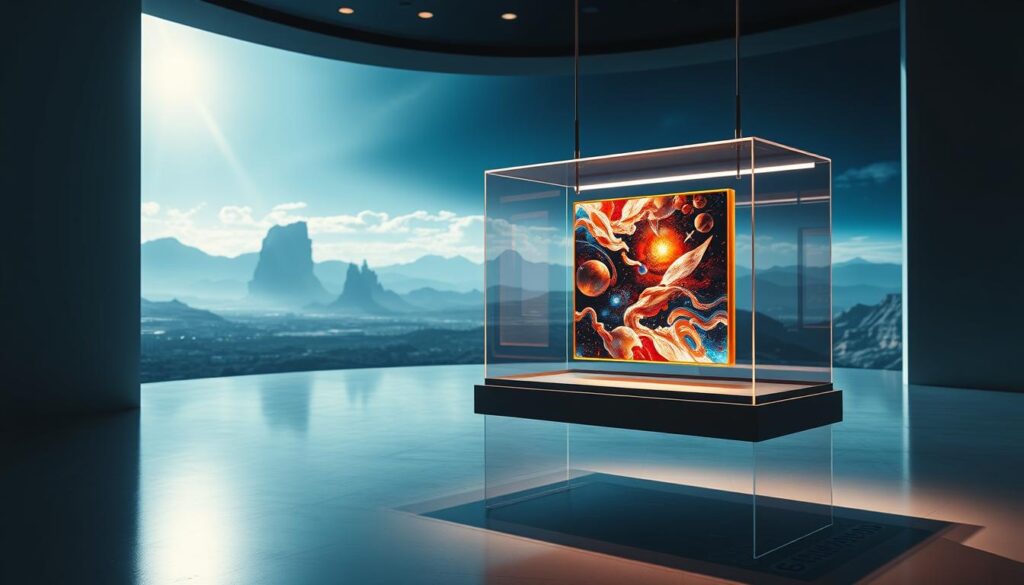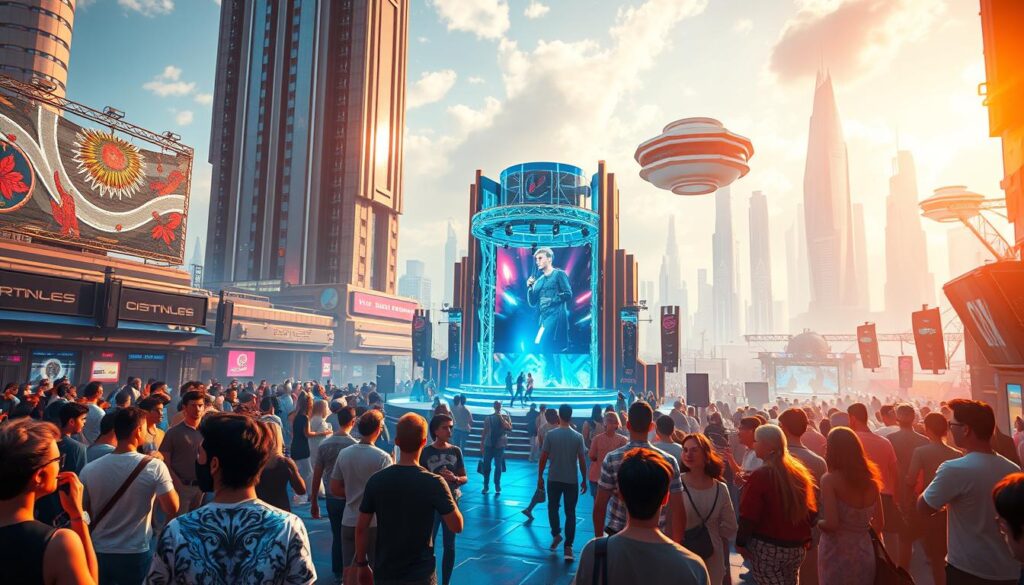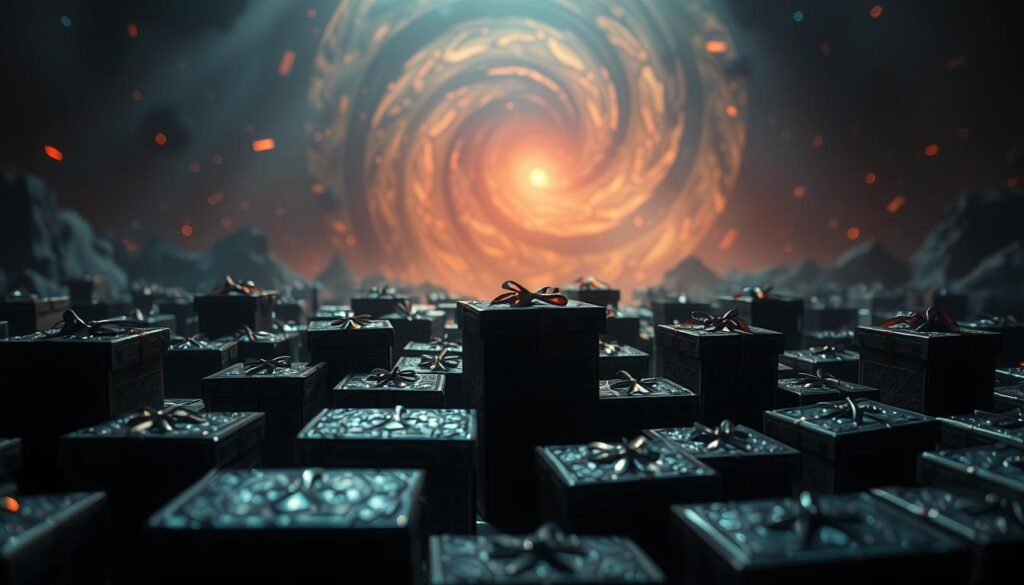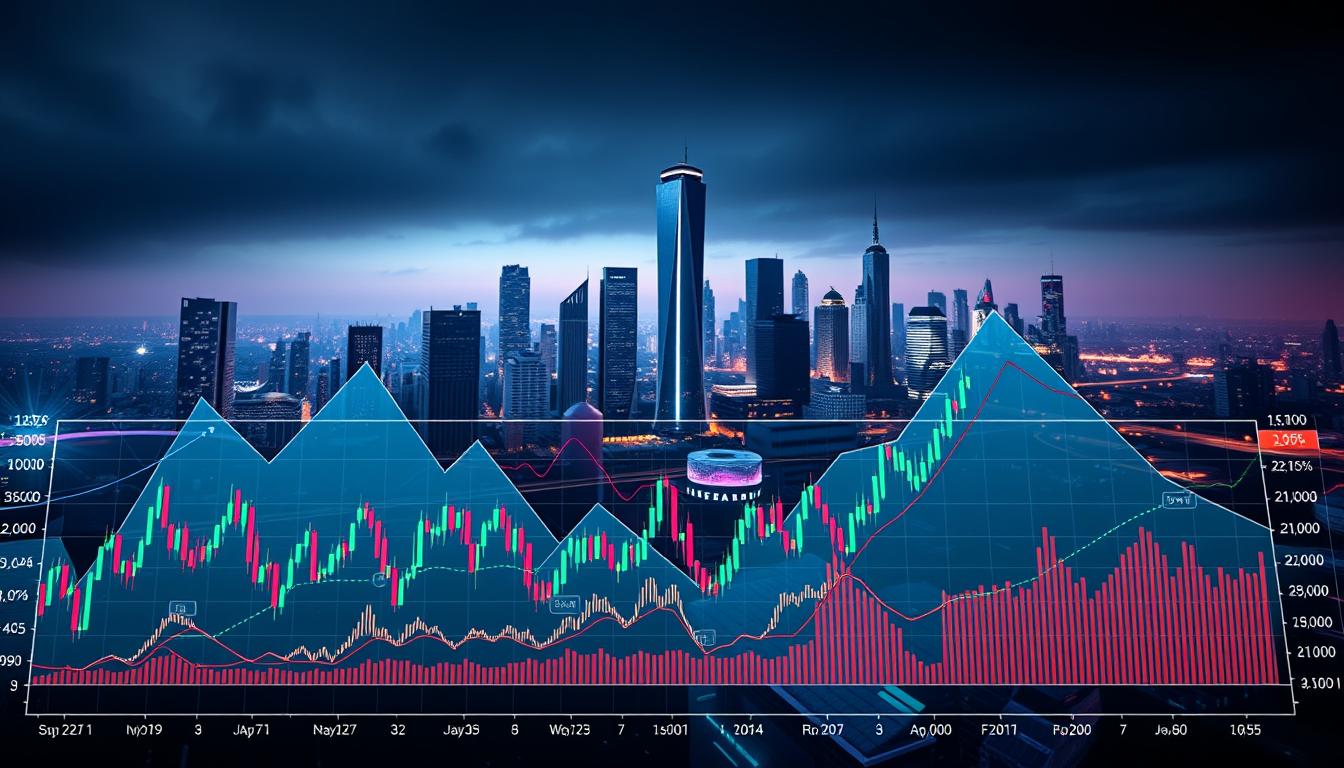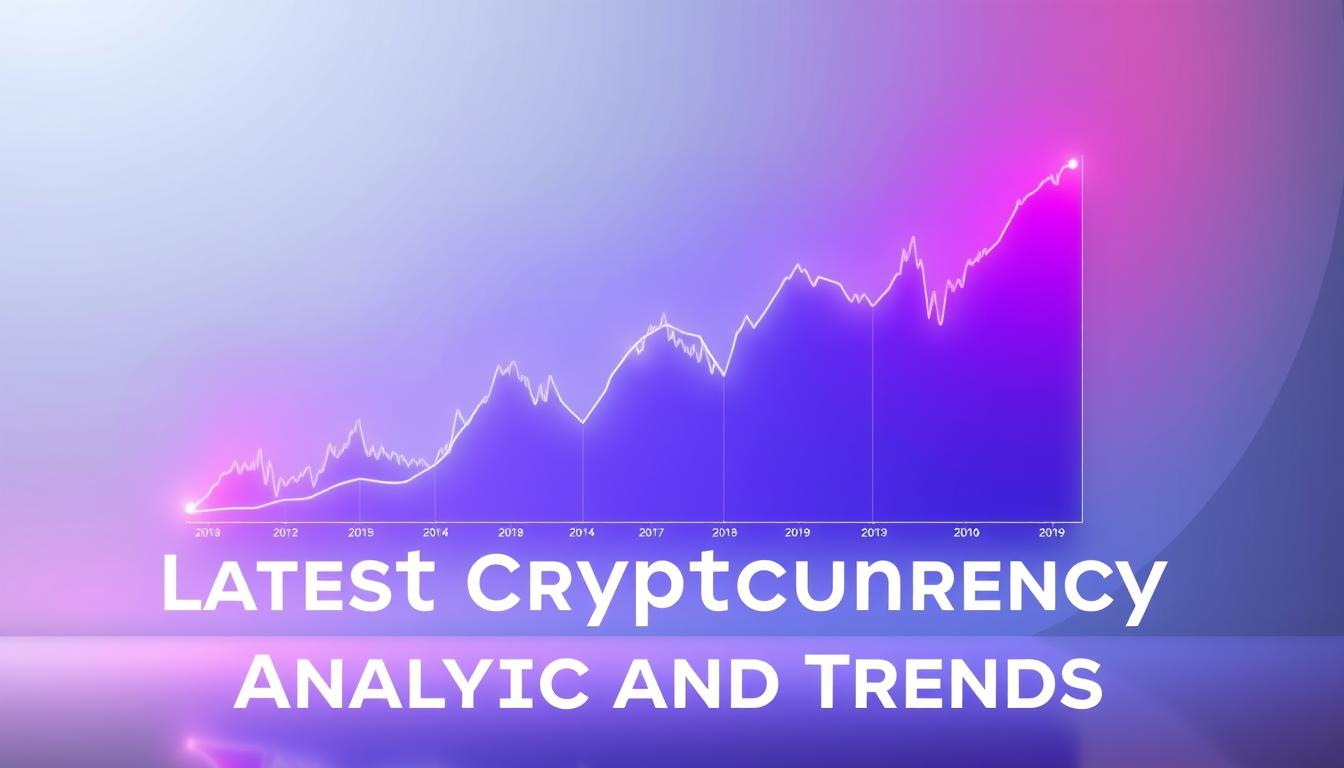Now Reading: How to create generative NFT art collections using code and algorithms
- 01
How to create generative NFT art collections using code and algorithms
How to create generative NFT art collections using code and algorithms
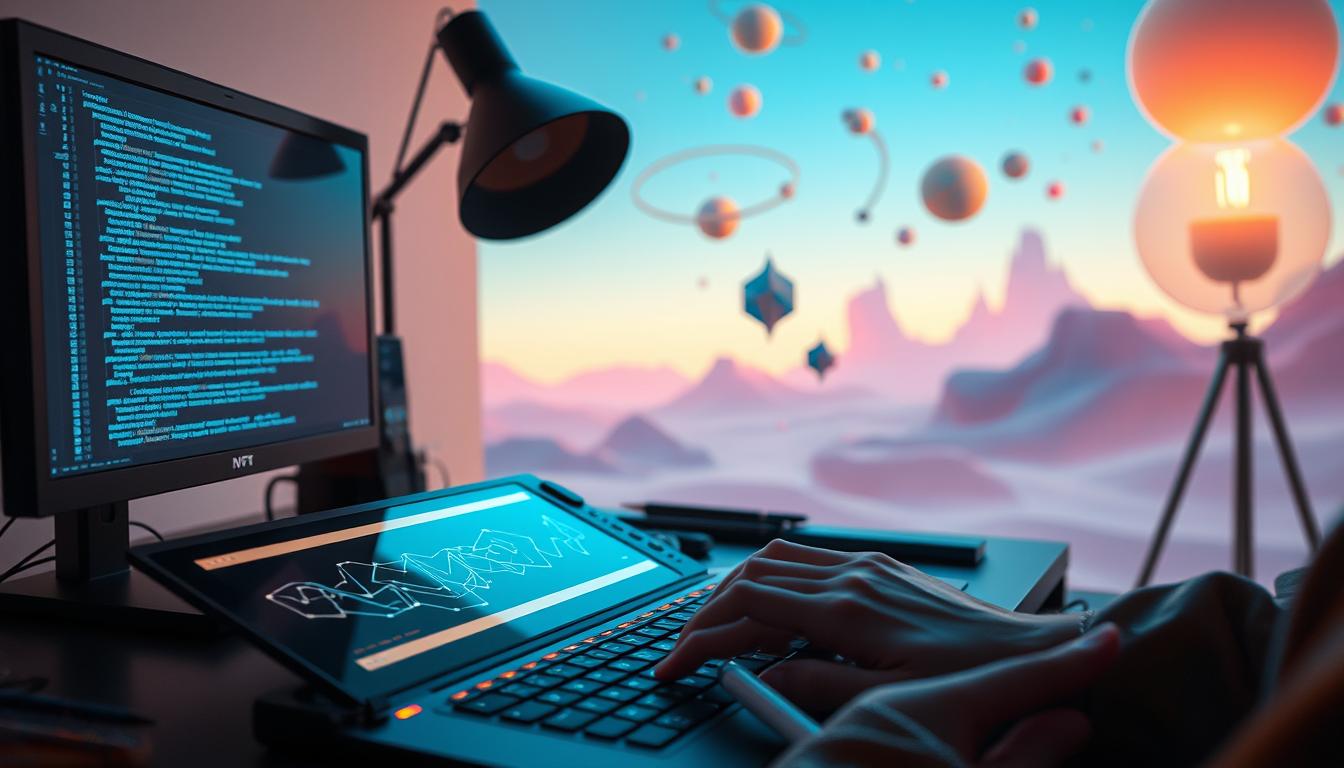
Algorithm-driven digital collectibles have transformed how artists produce unique works for blockchain markets. By merging artistic vision with computational logic, creators generate thousands of distinct pieces from predefined traits. This method traces its roots to 1950s computer experiments, now amplified by blockchain technology’s ability to verify scarcity and ownership.
Platforms like Art Blocks demonstrate the model’s potential, hosting over $1.36 billion in sales. Successful projects such as Matt Kane’s QQL collection prove collectors value algorithmically-generated works, with some single pieces selling for millions. The process involves defining visual elements, writing code to combine them randomly, and minting results as verifiable blockchain assets.
Three components drive this artistic revolution: modular design systems, randomization algorithms, and blockchain authentication. Artists craft base layers like shapes or color palettes, while code handles variation generation. This approach enables both established and emerging creators to develop entire series efficiently, unlike traditional one-off digital artworks.
Key Takeaways
- Algorithmic systems enable mass production of unique digital collectibles
- Blockchain verification ensures authenticity for generated artworks
- Successful projects combine artistic vision with mathematical principles
- Major platforms handle technical complexities for creators
- Randomization creates value through controlled unpredictability
- Historical art concepts merge with modern blockchain technology
Introduction to Generative NFT Art
Digital creators now partner with machines to produce collectibles that blend human creativity with computational precision. This fusion births dynamic works where algorithms become co-creators, transforming static images into evolving series powered by code-driven logic.
What Is Generative NFT Art?
Philip Galanter’s framework defines it as artistic systems where autonomous processes shape outcomes. Artists establish parameters—color schemes, geometric patterns, or texture rules—while software handles execution. Each output remains unpredictable yet aligned with the creator’s vision, like snowflakes following nature’s blueprint.
Evolution from Traditional to Code-Based Art
Early pioneers used punch cards in the 1950s to produce abstract patterns. Modern creators leverage JavaScript libraries and blockchain smart contracts. Platforms like Art Blocks now host collections where mathematical relationships between layers generate 10,000+ unique pieces from single codebases.
Contemporary practitioners like Zancan design systems where brushstroke algorithms mimic organic growth. Their works demonstrate how procedural generation elevates digital assets beyond static files. Collectors value these pieces for their blend of artistic intent and machine-led variation, creating markets where code becomes cultural currency.
How to create generative NFT art collections using code and algorithms
Modern digital artists have discovered innovative methods to produce entire series through structured systems. Instead of manual creation, they craft modular components that combine in endless variations. This approach blends artistic direction with computational efficiency.
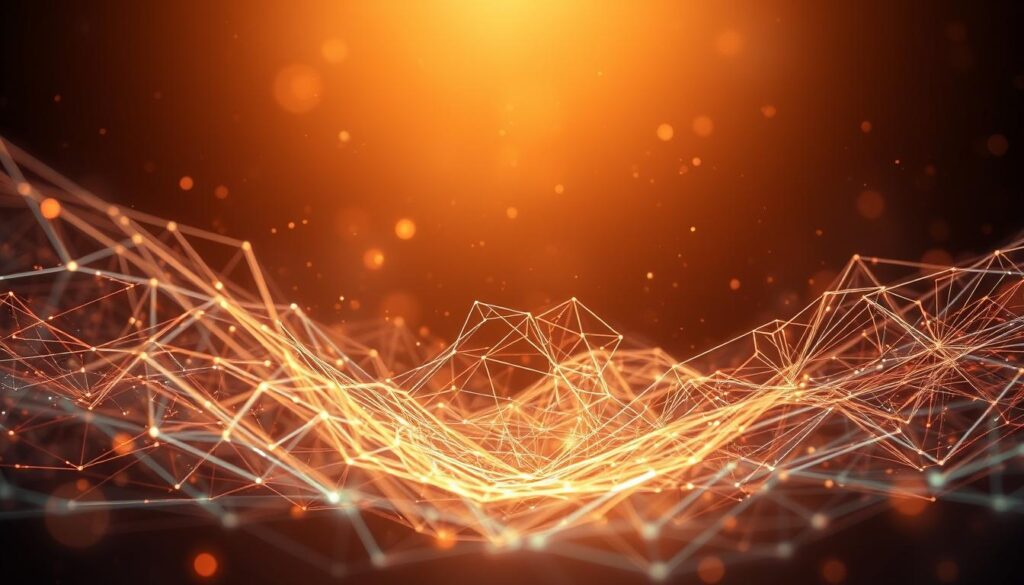
Understanding the Process and Its Benefits
Successful projects begin with trait identification. Artists outline visual elements like character types, clothing options, and background themes. Each category receives multiple variations – a hat layer might have 12 designs, while eye styles could offer 8 alternatives.
Technical execution involves two phases. First, designers prepare layered files using tools like Photoshop or Figma. Next, randomization scripts mix these elements while respecting rarity rules. Platforms such as Art Blocks simplify this through pre-built algorithmic frameworks.
| Traditional Approach | Generative Method | Advantage |
|---|---|---|
| Manual creation per piece | Automated combinations | Time savings: 90%+ |
| Limited edition sizes | 10,000+ unique outputs | Scalability |
| Fixed rarity levels | Dynamic scarcity controls | Market flexibility |
| High production costs | One-time setup investment | Cost efficiency |
Mathematical planning prevents duplicate outputs. A collection with 5 traits (10 variations each) yields 100,000 potential combinations. Artists set generation limits to maintain exclusivity – only 5,000 pieces might be minted from this pool.
Community engagement thrives through rarity mechanics. Collectors hunt for rare trait combinations, fostering discussion and secondary market activity. This system transforms static images into interactive experiences where each holder owns a unique digital fingerprint.
Exploring Code, Algorithms, and Artificial Intelligence in NFT Art
Digital creators employ distinct technical approaches when crafting algorithm-based artworks. Three primary methods dominate the space: generative systems, AI-driven processes, and traditional single-edition works. Each carries unique technical requirements and philosophical implications for artists.
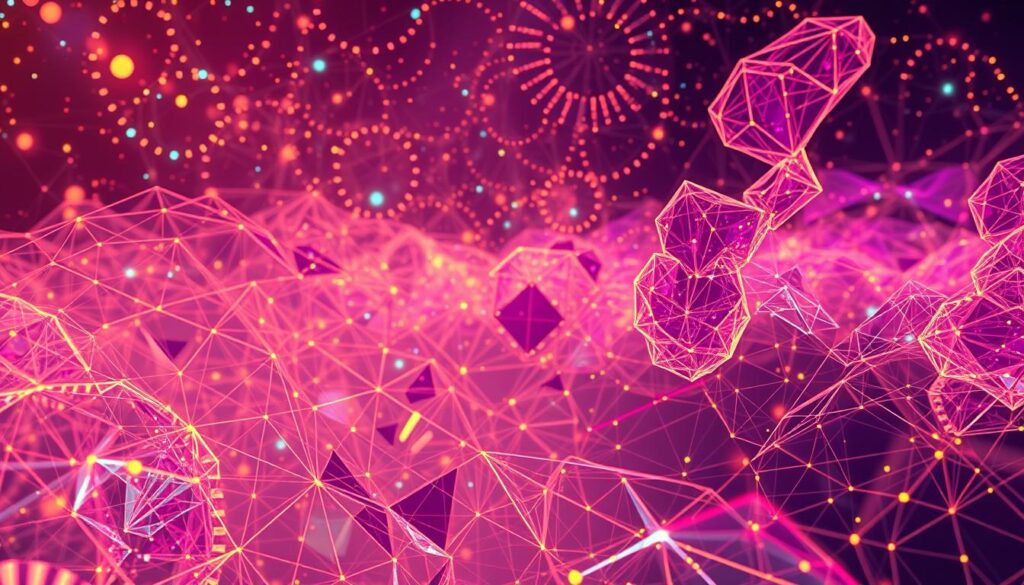
Defining Generative Art and Its Techniques
Generative art operates through human-defined rules. Artists design modular components like geometric patterns or color palettes. Code then combines these elements using randomization functions, ensuring each output remains unique while adhering to aesthetic guidelines.
Projects like Degenerate Ape Academy demonstrate this approach. Creators built 10,000 unique apes by mixing traits like fur textures and accessories. Smart contracts manage the minting process, guaranteeing authenticity through blockchain verification.
Differences Between Production Methods
Computer-generated works rely on artificial intelligence rather than predefined traits. Systems like GANs analyze existing images to produce original outputs. Frakt’s collection on Solana uses this method, generating abstract patterns through endless algorithmic iterations.
| Type | Control Level | Technology | Example |
|---|---|---|---|
| Generative | Human-curated traits | Randomization code | Degenerate Apes |
| AI-Generated | Machine learning | Neural networks | Frakt |
| 1-of-1 | Full manual creation | Traditional tools | Individual paintings |
Collectors debate the value of each method. Some prize generative works for their blend of artistic vision and computational precision. Others favor AI outputs for their unpredictable, evolving nature. Understanding these distinctions helps creators choose tools aligned with their goals.
Setting Up Your Blockchain Environment for NFT Creation
Blockchain selection forms the foundation for launching digital collectibles. Technical infrastructure decisions impact costs, audience reach, and long-term project viability. Artists must balance network capabilities with community expectations when minting algorithm-driven works.

Choosing Between Ethereum and Solana
Ethereum dominates as the original NFT ecosystem. Established platforms like OpenSea host blue-chip collections, offering access to 1.5 million+ active collectors. However, transaction fees average $5-$50 during peak times, making large drops expensive.
Solana processes 3,000 transactions per second at $0.01 fees. Emerging projects like Taiyo Robotics thrive here, though network outages occurred 14 times in 2022. Artists gain exposure to newer collectors willing to explore experimental works.
| Feature | Ethereum | Solana |
|---|---|---|
| Avg. Mint Cost | $15+ | $0.10 |
| Transaction Speed | 15 TPS | 3,000 TPS |
| Primary Marketplaces | OpenSea, Rarible | Magic Eden, Coral Cube |
| Security Model | Proof-of-Work | Proof-of-History |
Smart Contracts and Minting Considerations
Ethereum uses ERC-721 standards for token creation, while Solana employs SPL tokens. Both require precise metadata formatting to ensure traits display correctly on marketplaces. Royalty structures differ – Ethereum allows adjustable percentages, while Solana enforces strict 5-10% splits.
Gas optimization techniques prove critical for Ethereum drops. Artists often schedule mints during low-traffic periods to reduce collector costs. Solana’s speed enables instant reveals, though developers must account for potential network restarts.
Tools and Platforms for Building Generative NFT Collections
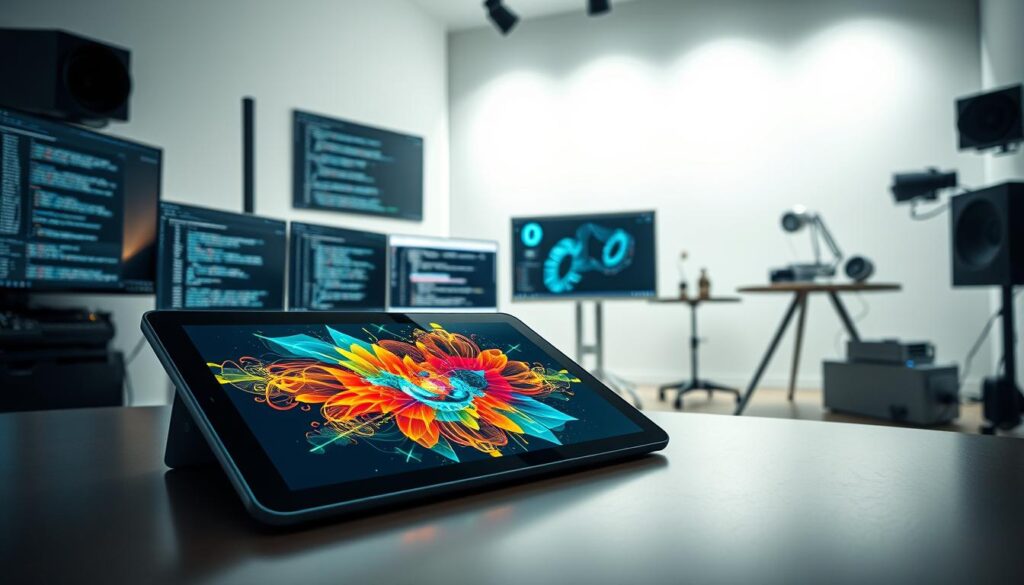
Creative technology now empowers artists with diverse skill sets to participate in algorithm-driven collectibles. Specialized software handles technical complexities while preserving artistic control, enabling creators to focus on visual narratives rather than coding syntax.
No-Code Solutions and Their Role
Bueno democratizes access through visual interfaces, letting designers build 10,000+ unique pieces using logic gates. Its “Always Pair With” rules prevent clashing traits, while “Doesn’t Mix With” filters maintain aesthetic cohesion. NFT Art Generator by Onemint scales further, having produced 3 million+ digital assets through templated workflows.
Popular Platforms Like Metaplex and Art Blocks
Solana developers rely on Metaplex’s ecosystem for end-to-end solutions. Candy Machine v2 combats bots with CAPTCHA systems, while Storefront templates enable custom marketplace designs. Ethereum’s Art Blocks remains the gold standard, hosting 87% of high-value algorithm-based sales through curated drops.
| Platform | Blockchain | Key Feature | Usage |
|---|---|---|---|
| Bueno | Multi-chain | Trait compatibility rules | 10k+ collections |
| Metaplex | Solana | Anti-bot minting | 500k+ mints/month |
| Art Blocks | Ethereum | Curated launches | $1.36B sales |
Emerging options like FX.hash on Tezos offer eco-friendly alternatives, attracting artists focused on sustainability. Platform choice impacts collector reach – Ethereum dominates blue-chip markets, while newer chains attract experimental audiences.
Calculating and Managing NFT Combinations with Code
Mathematical precision meets creative vision when building algorithm-driven digital works. Artists employ formulas to ensure uniqueness while maintaining aesthetic cohesion across entire series. Two critical equations govern this process.
Understanding Trait Variations and Rarity
The basic combination formula calculates potential outputs: Traits × Variations = Total Possibilities. A project with 7 layers (10 variations each) yields 10 million combinations. Smart constraints prevent visual clashes through exclusion rules that block certain trait pairings.
Rarity tiers boost value through controlled distribution. A “golden helmet” trait might appear in only 1% of art nfts, creating collector demand. Tools like Rarity Snipe help creators analyze distribution patterns before minting.
Strategies for Scaling Your Generative Projects
Version control systems track code changes when refining large collections. Automated testing scripts verify output quality across thousands of iterations, saving weeks of manual review. Platforms like Bueno simplify metadata management for 10k+ piece drops.
Successful teams use modular code structures for future expansions. A step-by-step NFT creation tutorial can streamline your workflow. Community feedback loops help prioritize new traits while maintaining the core generative art concept.


